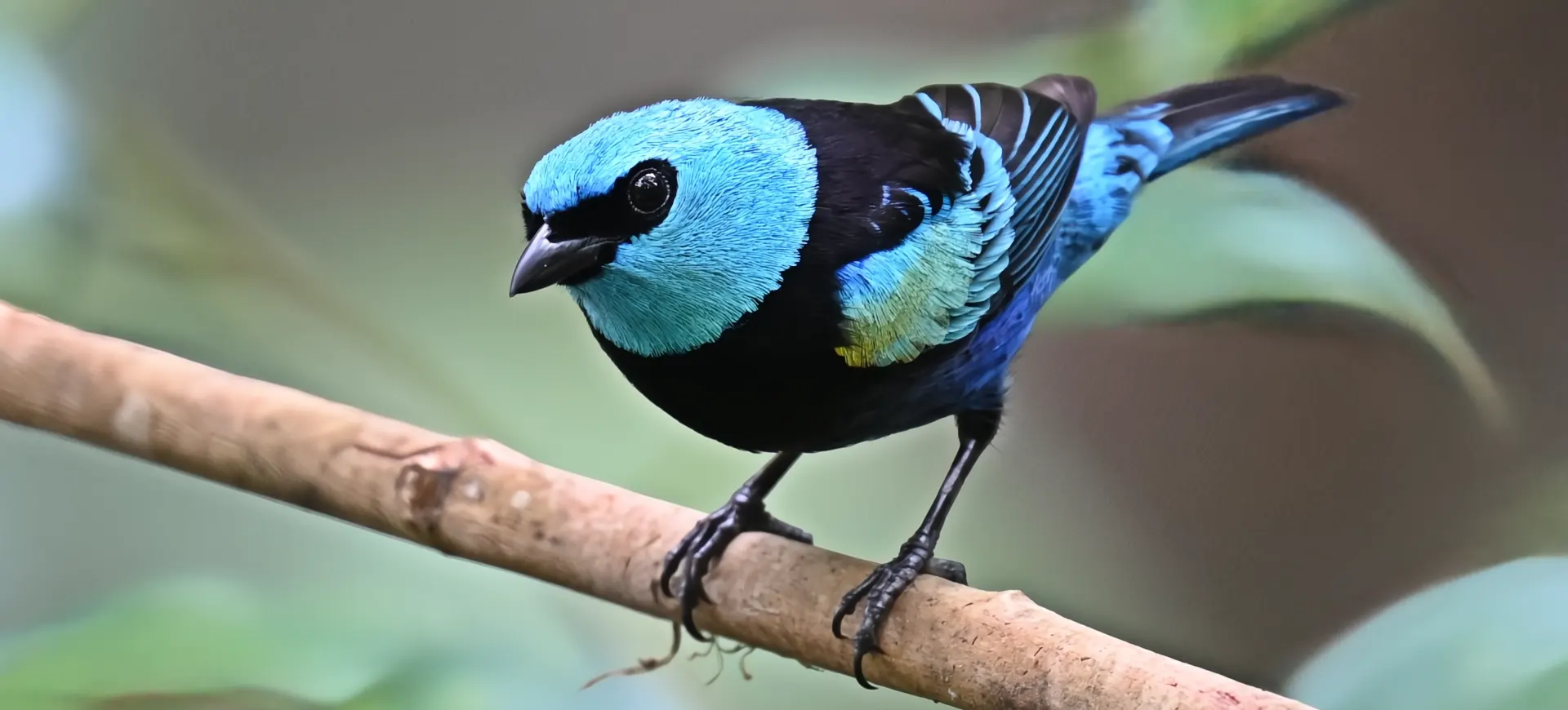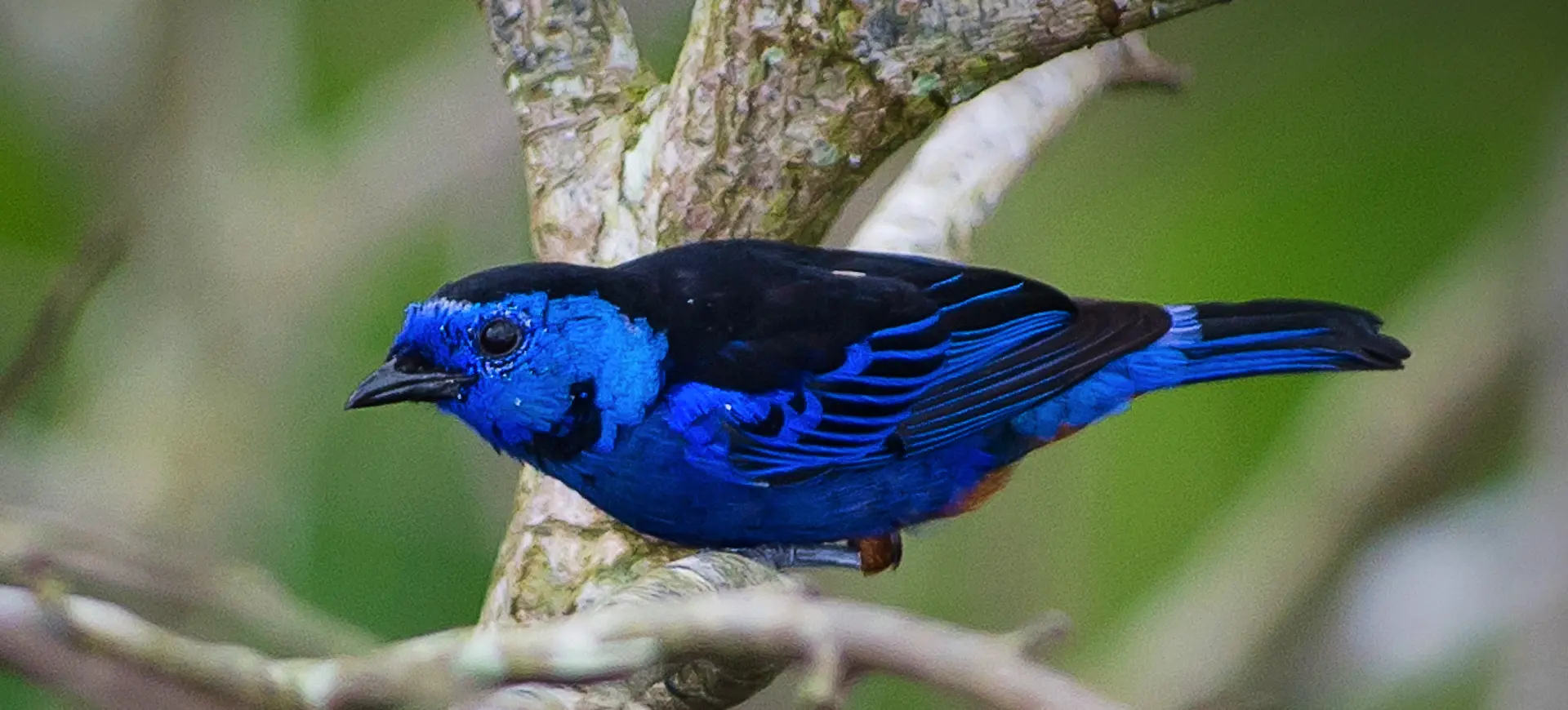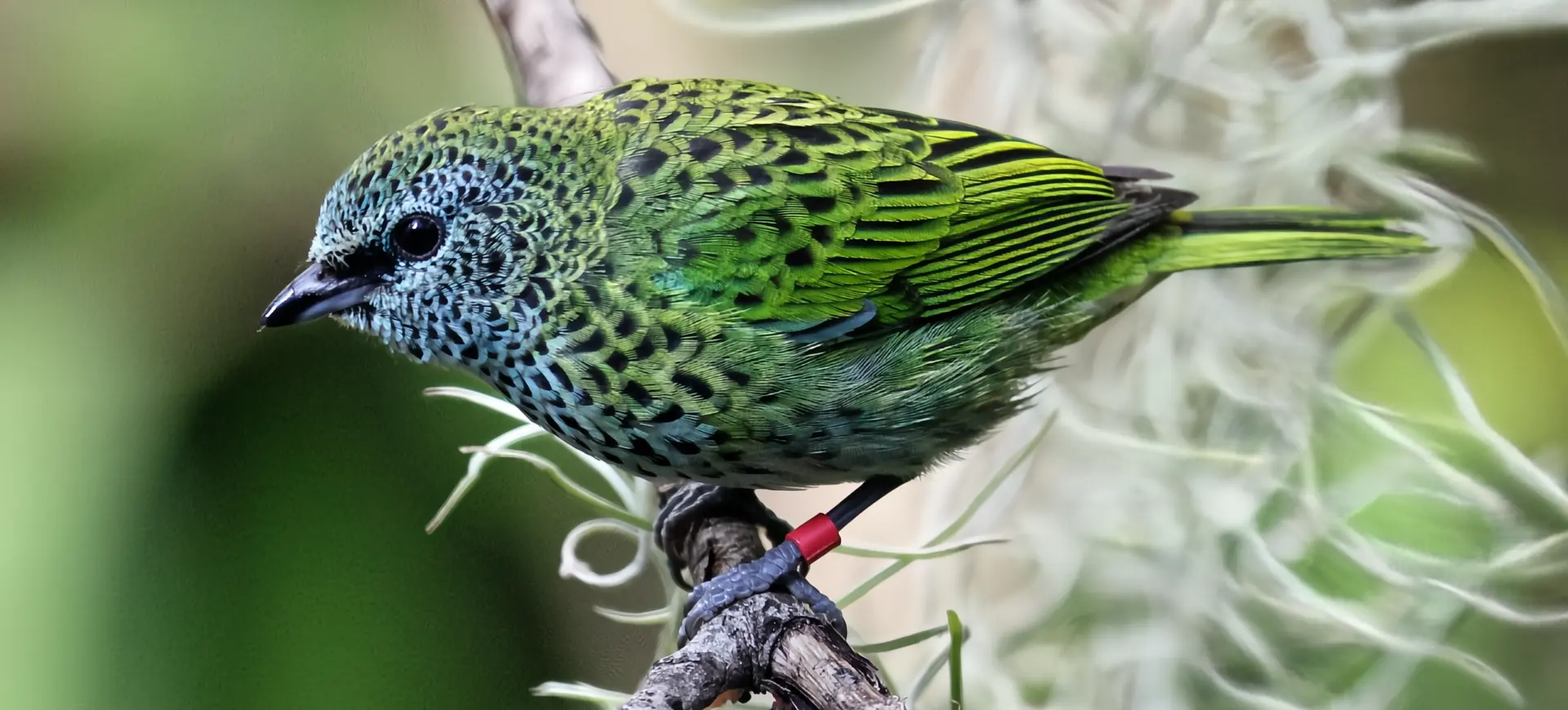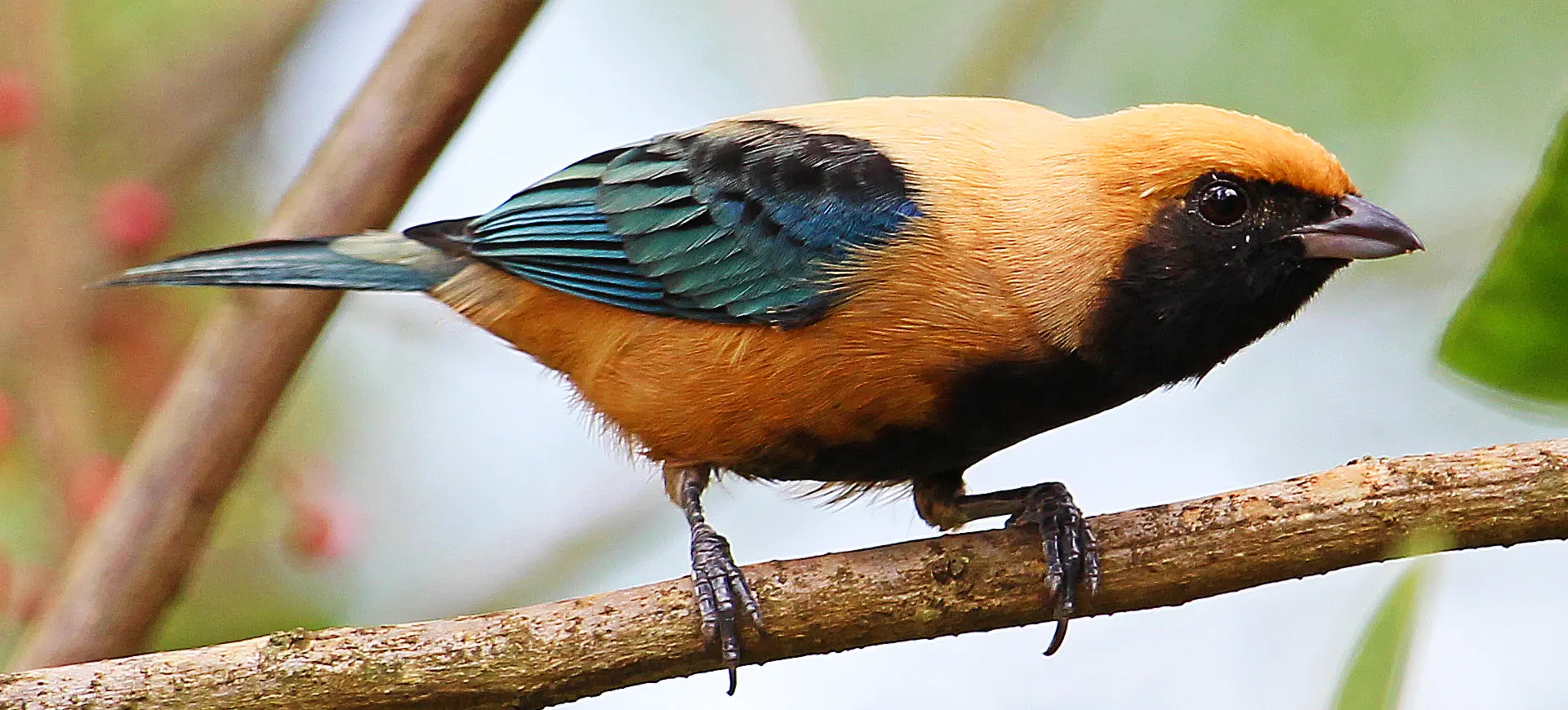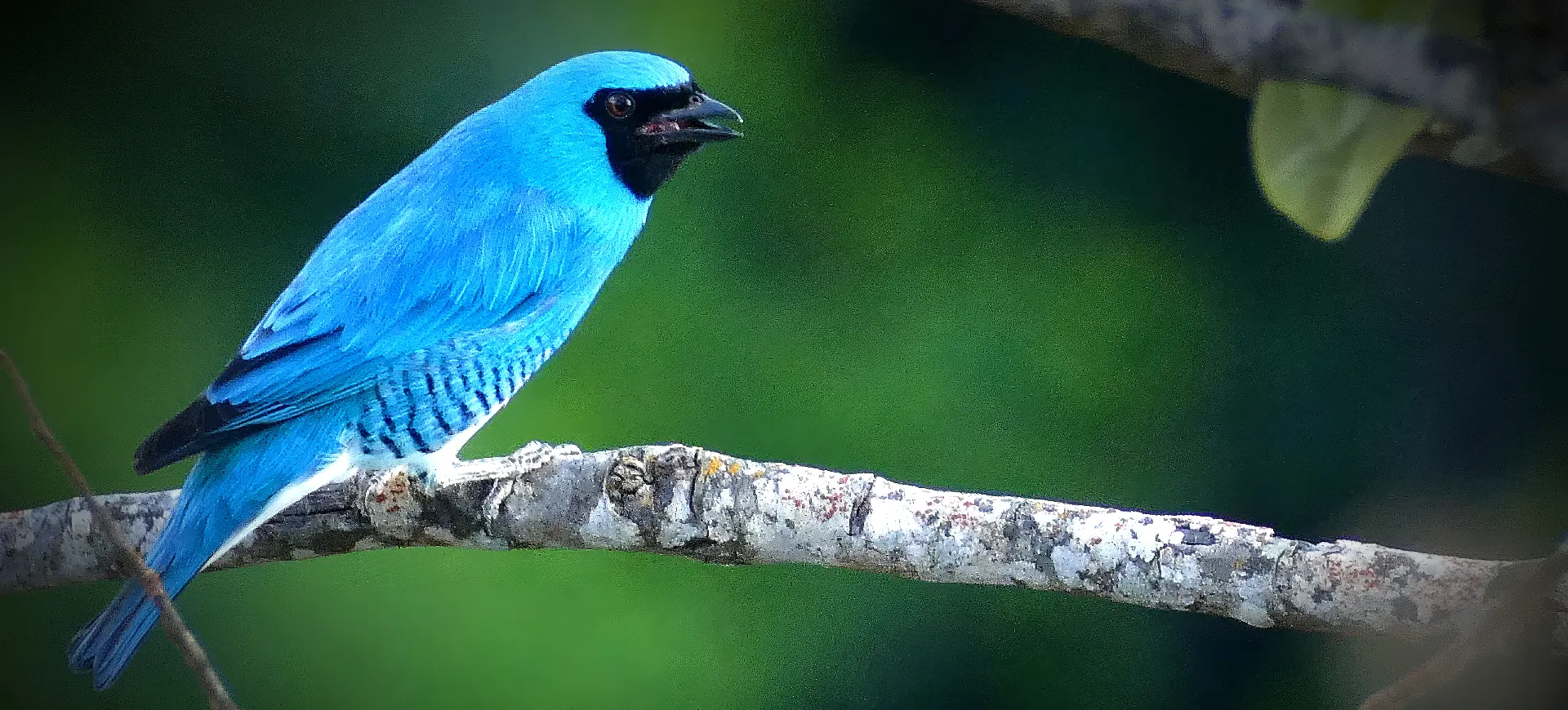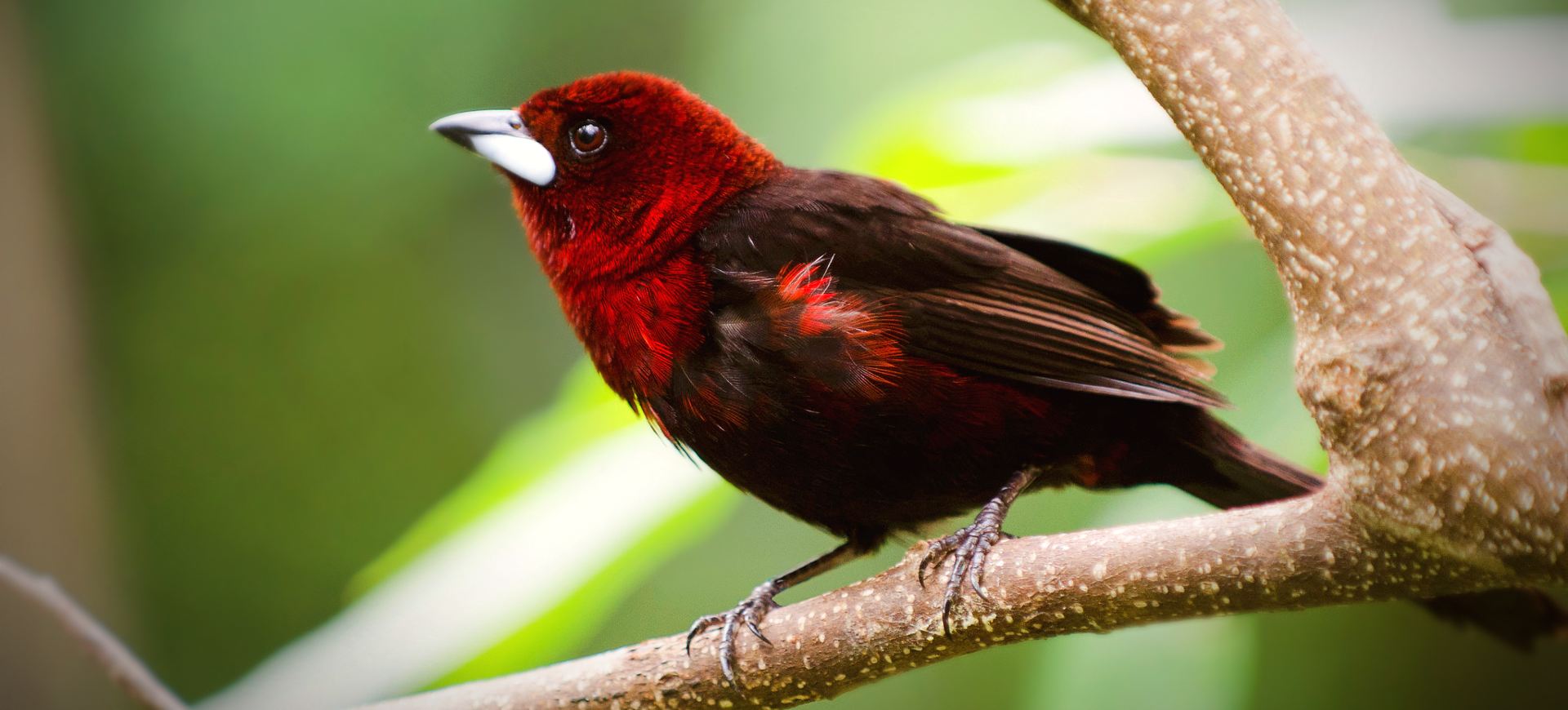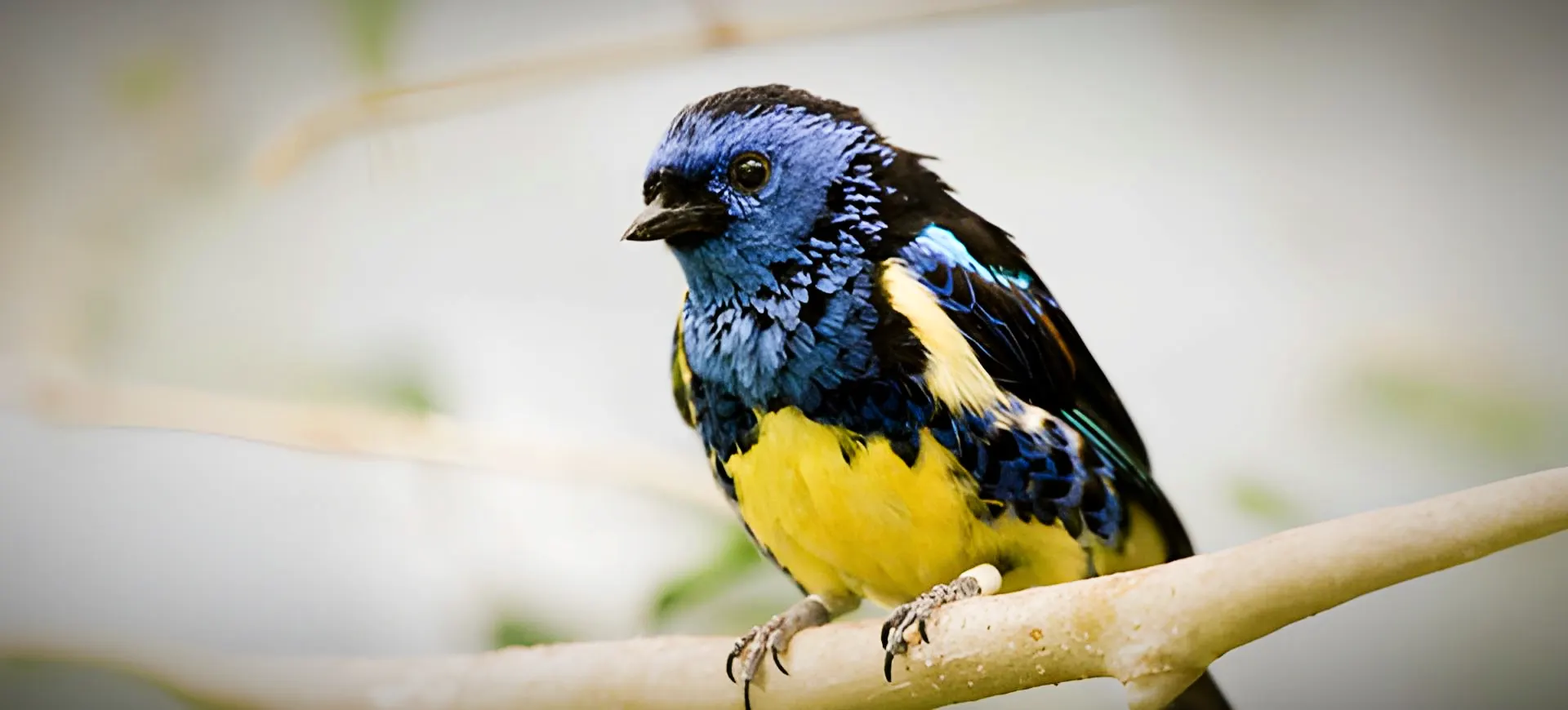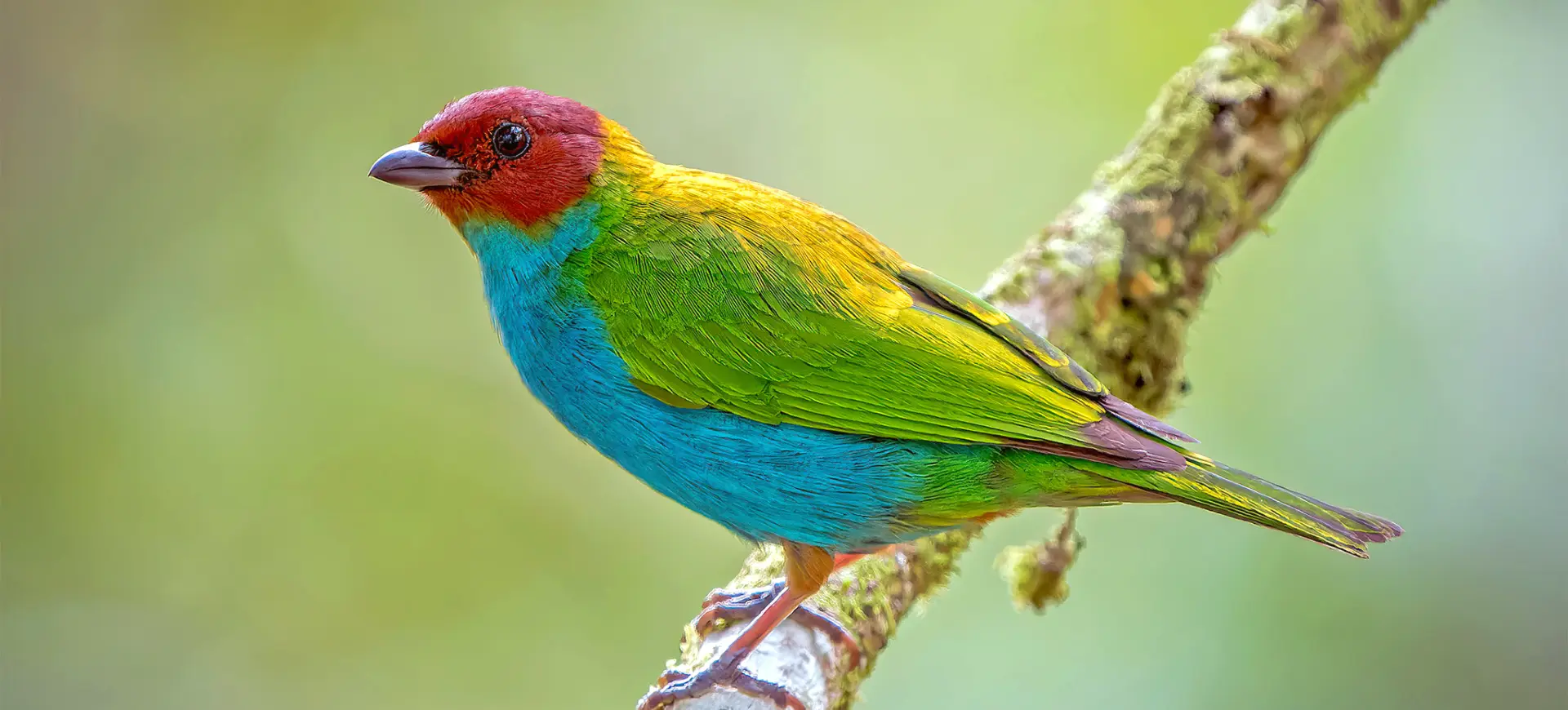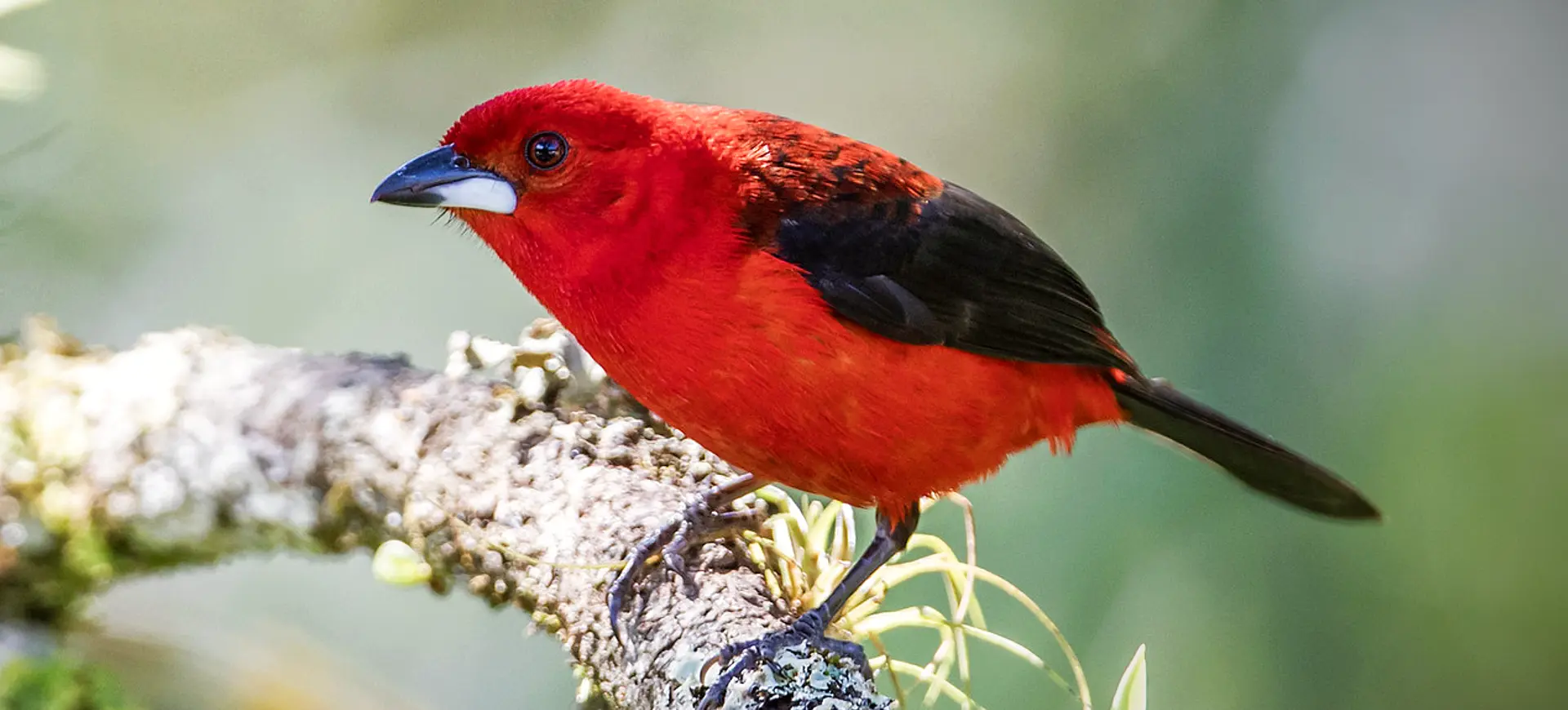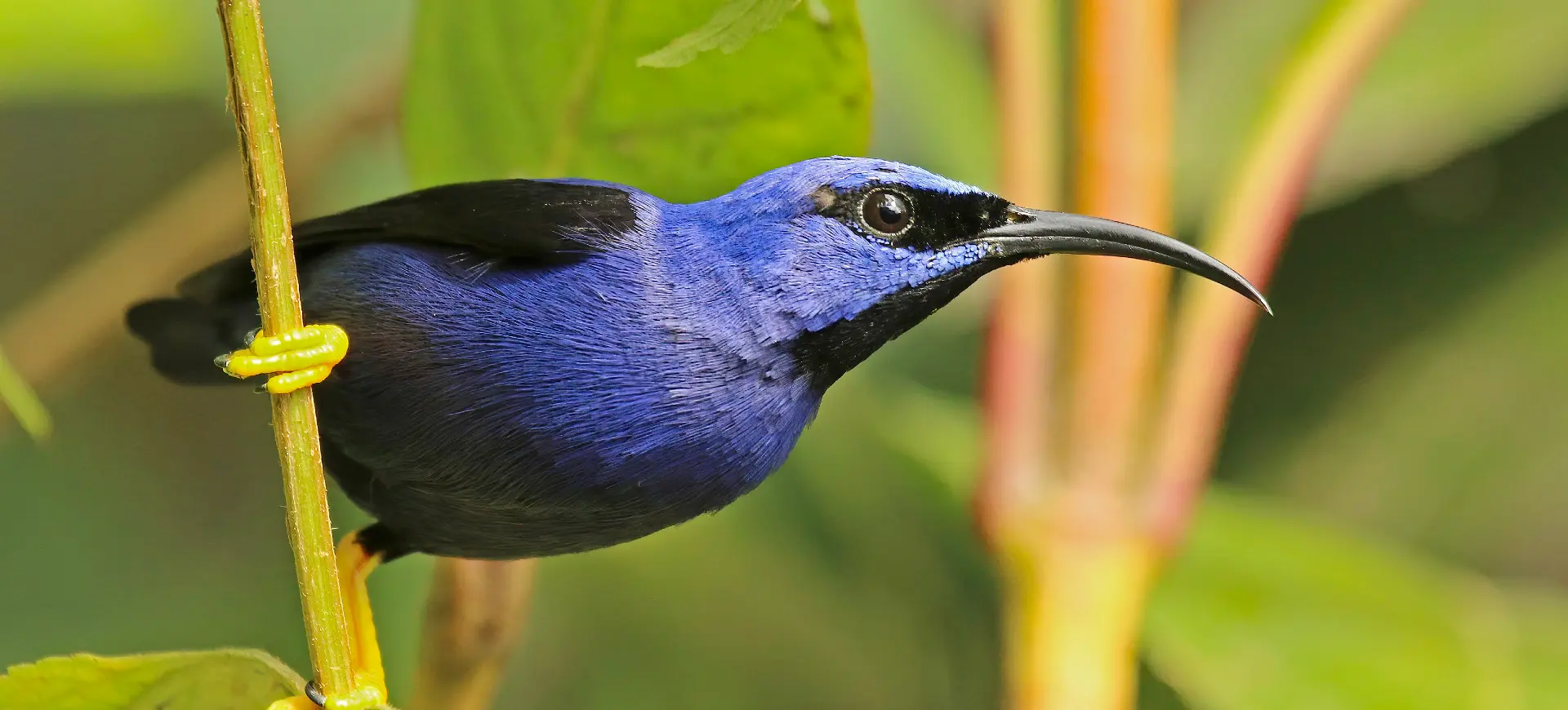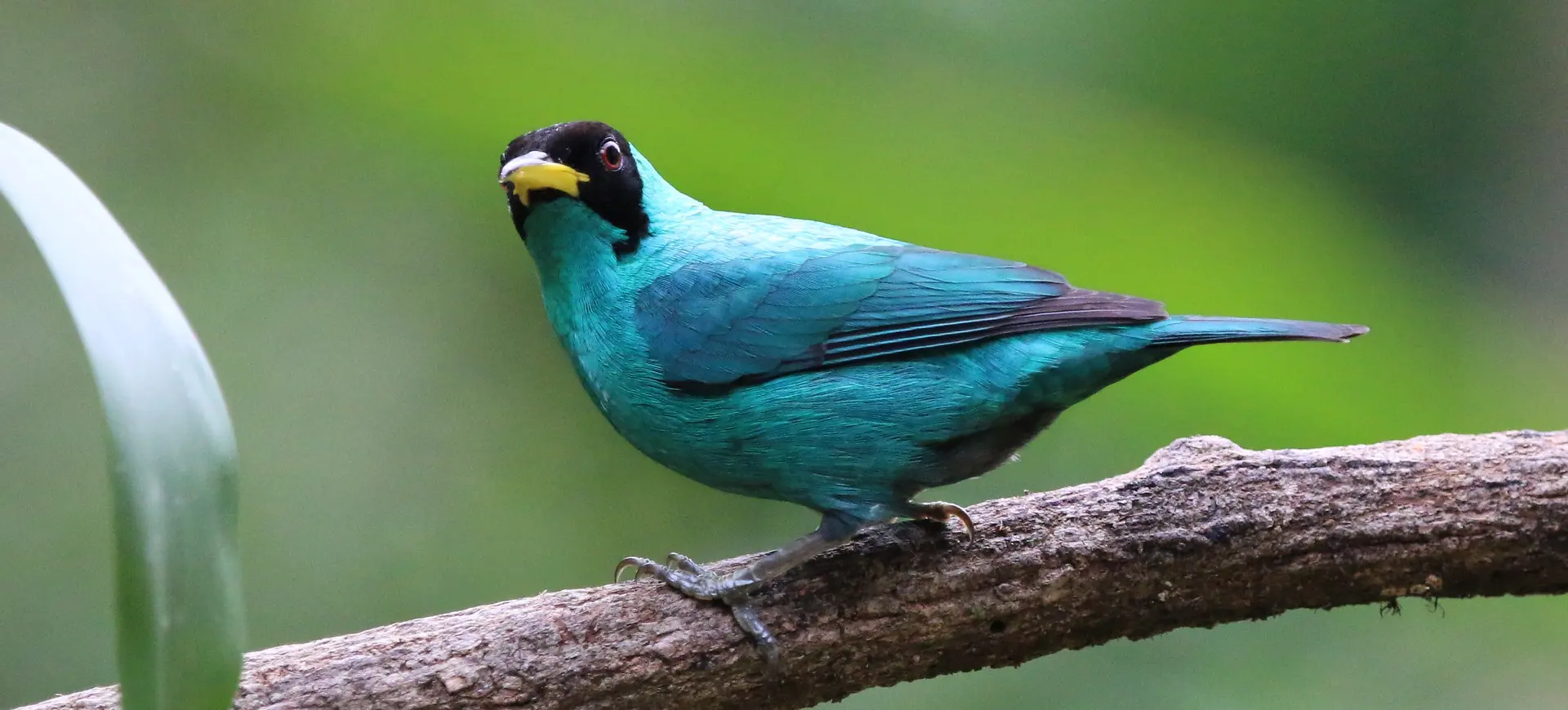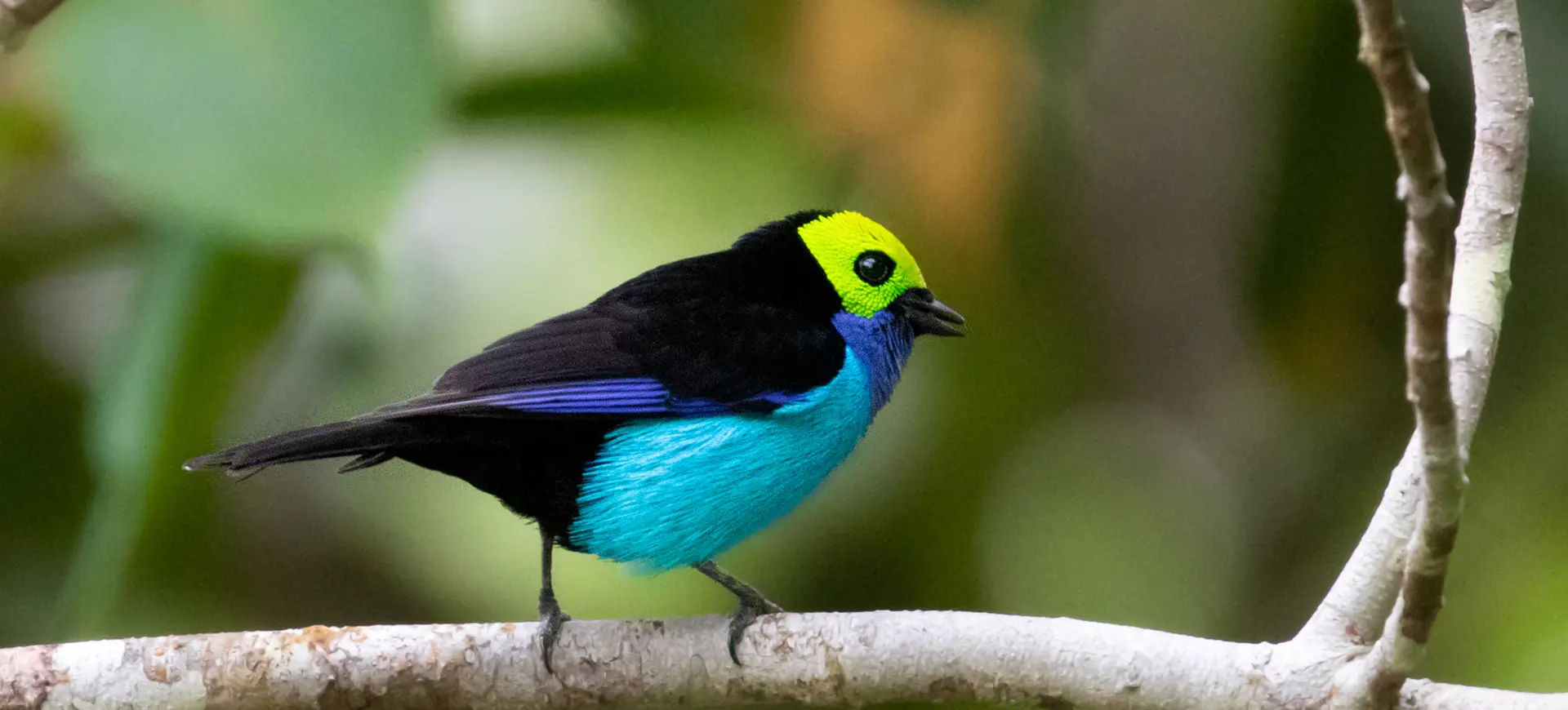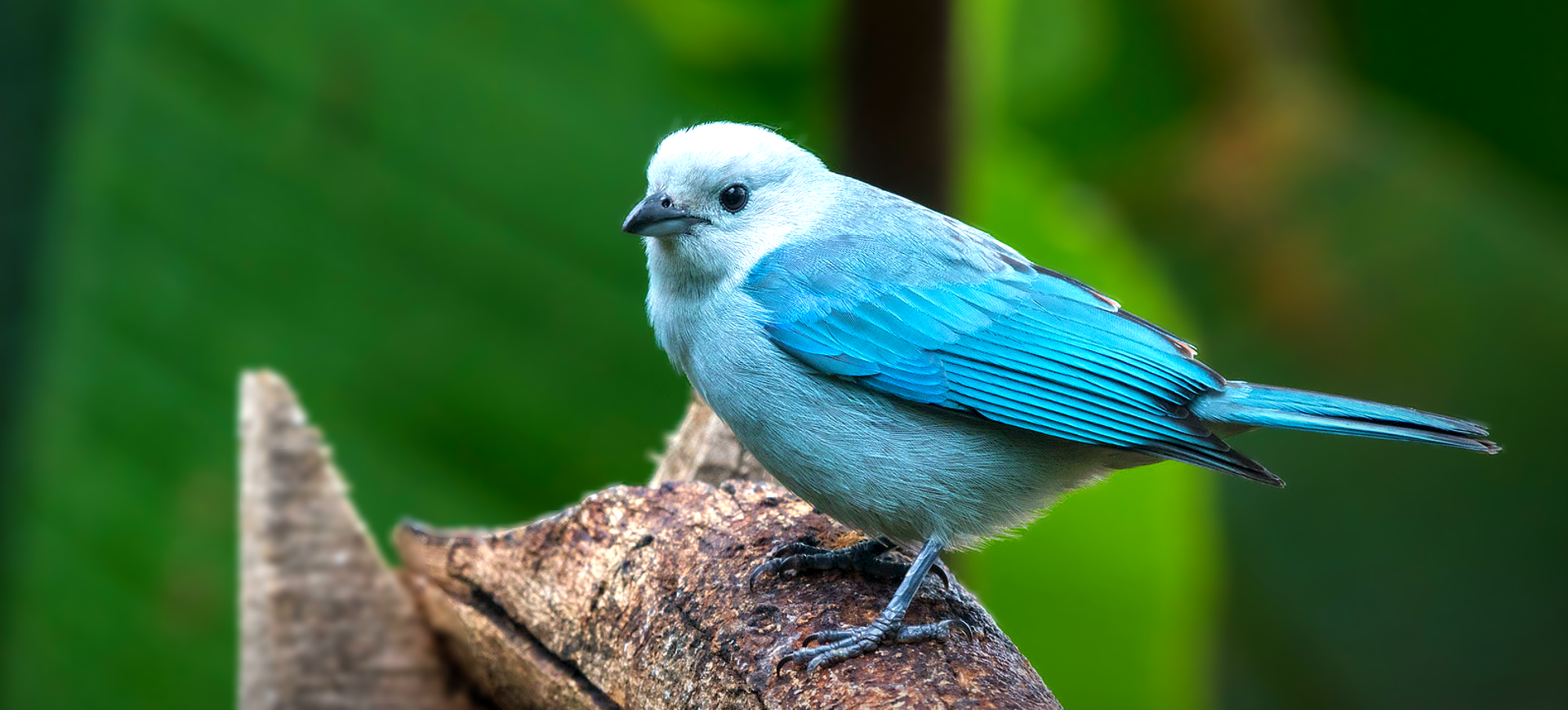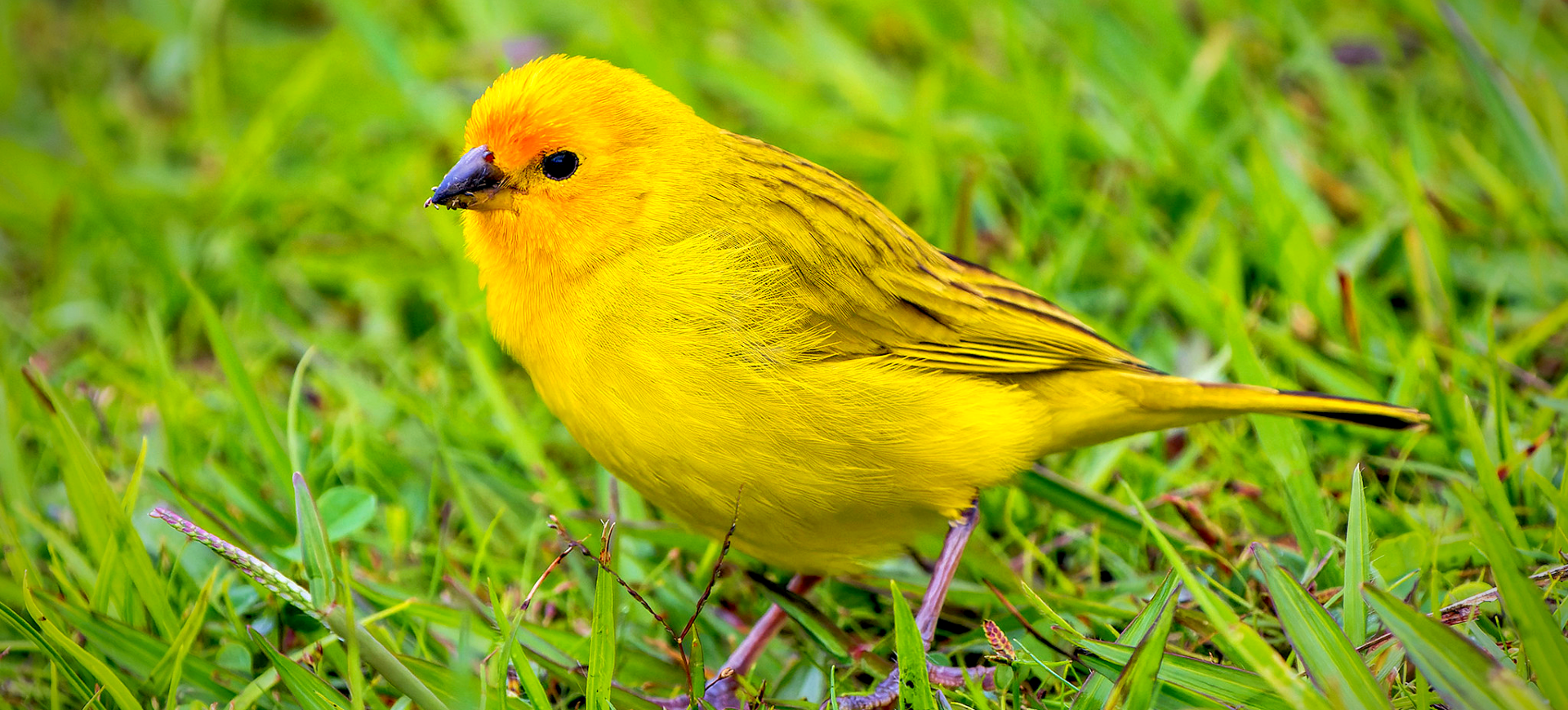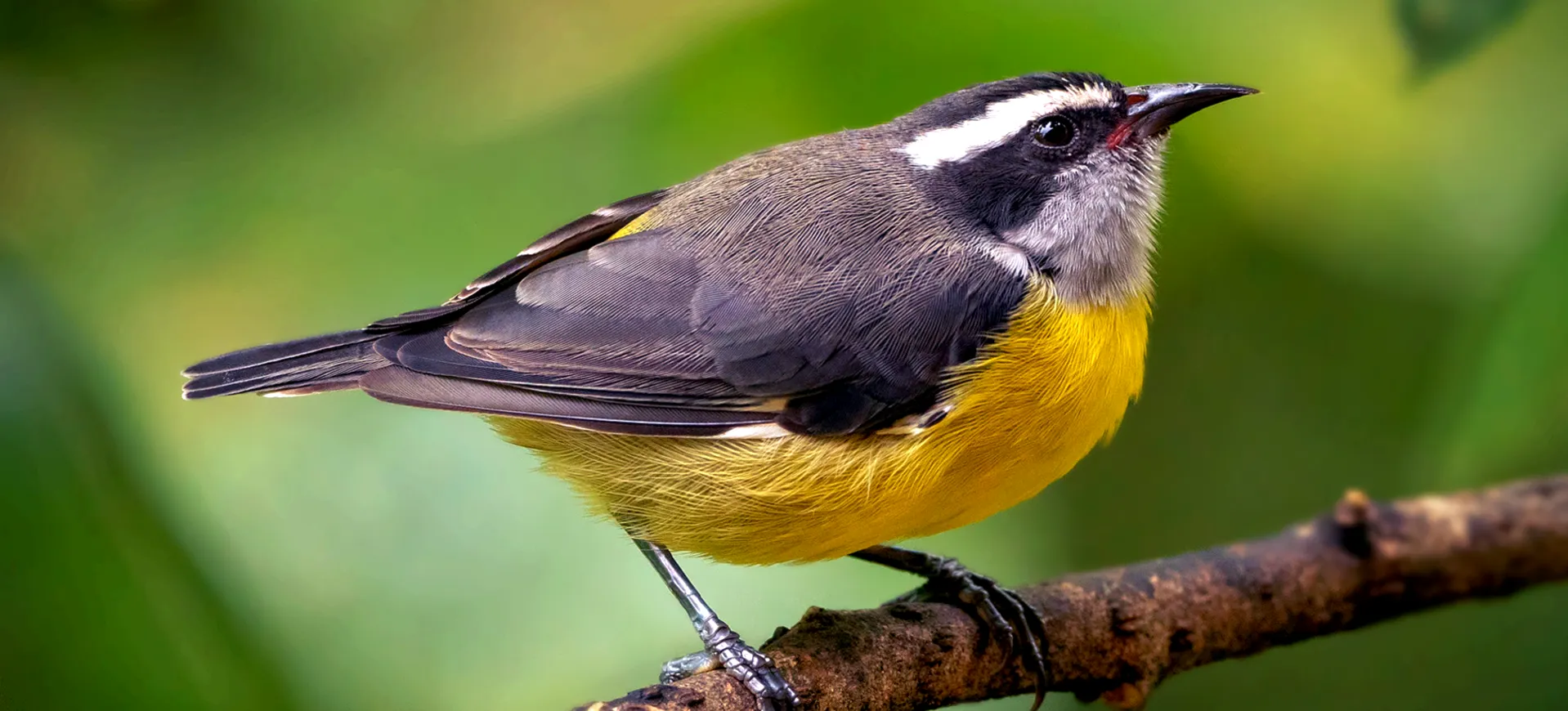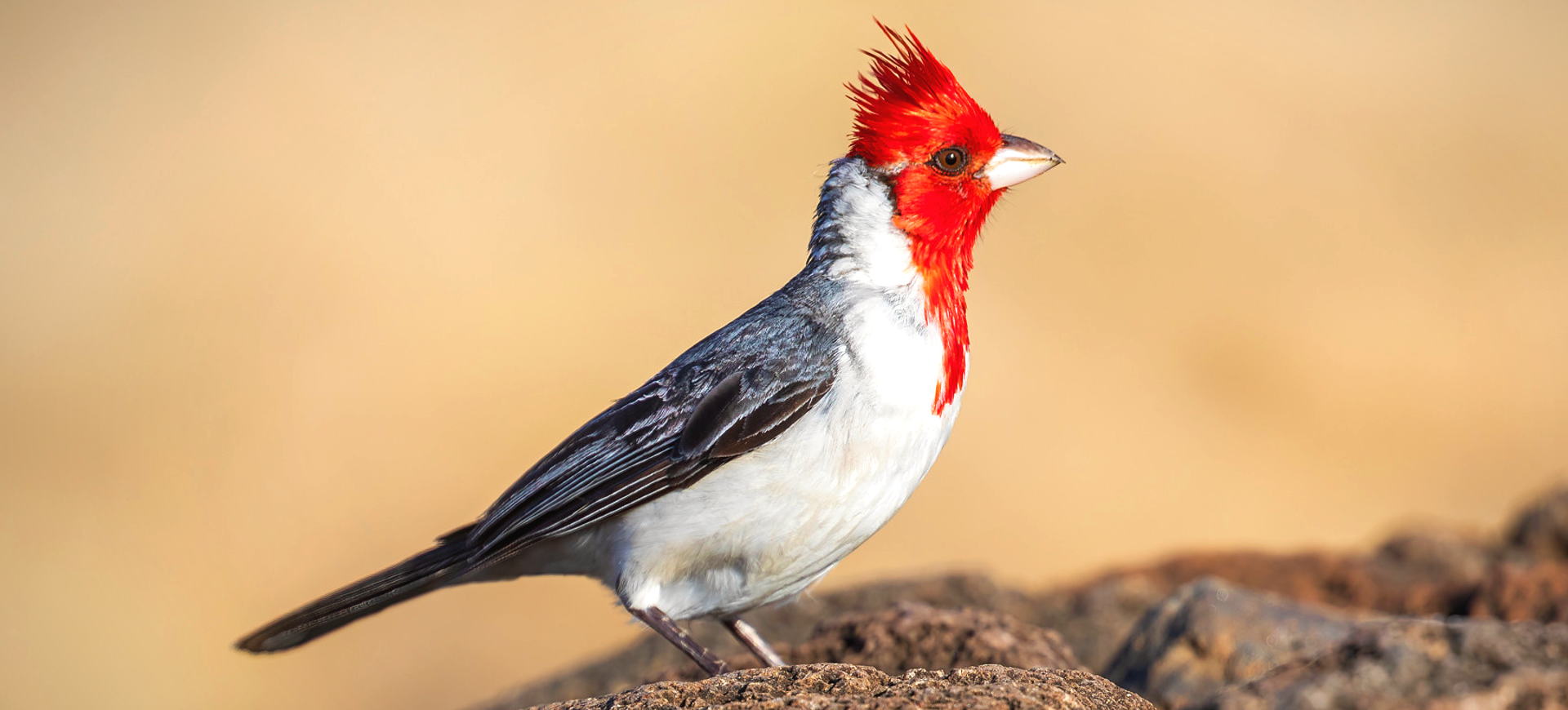Overview
The Red-capped Cardinal (Paroaria gularis) is a small, vibrant bird native to South America. It is notable for its striking appearance, characterized by a vivid red head and crest, contrasting sharply with its white body and black throat. The bird’s intense coloration makes it a favorite among birdwatchers and a standout species in its habitat. Despite its name and appearance, it is not closely related to the cardinals found in North America.
Red-capped Cardinals are relatively small birds with a body structure typical of many passerine species. They are agile and active, often hopping along branches or foraging on the ground. Their musical and varied calls add a characteristic soundtrack to their habitats. These birds are highly adaptable and can thrive in various environments, from dense forests to urban areas.
Red-capped Cardinals are social and often observed in pairs or small groups in their natural habitat. They play a vital role in their ecosystems as seed dispersers and as a food source for predators. The species’ adaptability to human-altered landscapes has helped it maintain stable population numbers.
Taxonomy
Kingdom
Phylum
Class
Order
Family
Genus
Species
Sub Species
Type
Physical Description:
The Red-capped Cardinal is a small bird with a distinctive and attractive appearance. The most striking feature is its bright red head and crest, which contrasts sharply with its predominantly white body and black throat patch. This vivid coloration is particularly prominent in males, while females have slightly duller hues.
These birds measure about 6.5 to 7 inches (16.5 to 18 cm) in length. They have a robust body, a short, stout beak typical of seed-eaters, and strong legs. The tail is relatively short and square. Their wings are short and rounded, suitable for quick, agile flight typical of birds that navigate through dense vegetation.

Lifespan: Wild: ~10 Years || Captivity: ~12 Years

Weight: Male & Female: 0.8-1.1 oz (22-31 g)

Length: Male & Female: 6.5-7 inches (16.5-18 cm)
Characteristic:
Native Habitat:
The Red-capped Cardinal is native to northern South America, with its range extending from the eastern Amazon basin in Brazil to the Guianas and Trinidad. They inhabit various habitats, including rainforests, riverine forests, and mangroves. These birds are particularly associated with wetlands and areas near water bodies, such as rivers and lakes.
Their preference for habitats near water is linked to their feeding habits and the availability of nesting sites. Red-capped Cardinals often nest in dense vegetation near water, providing food and protection for their young. This habitat choice also makes them important indicators of the health of wetland ecosystems.
Climate Zones:
Biogeographical Realms:
Continents:
Diet:
Diet & Feeding Habits:
Red-capped Cardinals are primarily omnivorous, feeding on a mix of seeds, fruits, and small insects. Their diet allows them to adapt to various habitats, including urban areas where they can use human-provided food sources. In the wild, they forage in the canopy and on the ground, often seen hopping along branches or on the forest floor in search of food.
In addition to natural food sources, these birds are known to visit bird feeders in areas where their range overlaps with human habitation. They are also observed feeding along riverbanks and marshy areas, where they can find small aquatic insects and crustaceans. Their feeding behavior plays a crucial role in seed dispersal, contributing to the health of their ecosystems.
Mating Behavior:
Mating Description:
Red-capped Cardinals are monogamous, with pairs forming strong bonds. During the breeding season, males perform elaborate courtship displays, which include singing and showing off their bright plumage. These displays serve to attract females and also to establish territories.
Nesting typically takes place in dense vegetation near water. The female builds a cup-shaped nest, laying 2 to 3 eggs. Both parents share in incubation and feeding duties. The eggs hatch after about 12 days, and the young are cared for by both parents until they are ready to fledge.
Reproduction Season:
Birth Type:
Pregnancy Duration:
Female Name:
Male Name:
Baby Name:
Social Structure Description:
Red-capped Cardinals are social birds, often seen in pairs or small family groups. They exhibit a range of social behaviors, including cooperative feeding and nesting. Their social structure is characterized by strong pair bonds and territorial behavior during the breeding season.
These birds can be quite gregarious outside of breeding, sometimes joining mixed-species flocks. Their social interactions include a variety of vocalizations, which are used for communication and maintaining social bonds.
Groups:
Conservation Status:
Population Trend:
The Red-capped Cardinal is listed as “Least Concern” by the IUCN, reflecting its wide distribution and stable population numbers. These birds have shown remarkable adaptability to changing environments, including human-modified landscapes. However, habitat loss and degradation remain concerns, particularly in areas undergoing rapid development.
In their native range, Red-capped Cardinals are commonly observed in suitable habitats. Their ability to thrive in various environmental conditions has helped them maintain robust populations. Ongoing conservation efforts, particularly those to preserve wetland habitats, are important for long-term survival.
Population Threats:
The main threats to Red-capped Cardinals include habitat loss and fragmentation, particularly due to deforestation and wetland drainage. In some areas, their habitats are being altered or destroyed for agricultural expansion, urban development, and resource extraction. Pollution and the use of pesticides can also impact their food sources and nesting sites.
Despite these threats, the species’ adaptability has allowed it to cope with certain levels of habitat change. However, long-term survival depends on preserving key habitats and sustainable land-use practices.
Conservation Efforts:
Conservation efforts for Red-capped Cardinals focus on habitat protection and sustainable land use. Protecting wetlands and forested areas in their range is crucial for maintaining healthy populations. Environmental laws and regulations that limit habitat destruction and pollution also benefit this species.
Education and awareness programs are vital in helping local communities understand the importance of these birds and their habitats. Sustainable tourism, particularly birdwatching, can also play a role in conservation by providing economic incentives to protect natural areas.
Additional Resources:
Fun Facts
- The Red-capped Cardinal is not a true cardinal and is more closely related to tanagers.
- Their bright red cap makes them easily identifiable, even from a distance.
- They are known for their musical and varied songs.
- These birds can adapt to urban environments, where they can be seen visiting bird feeders.
- Red-capped Cardinals play a crucial role in seed dispersal in their ecosystems.
- They are popular subjects in wildlife photography due to their striking appearance.
- The species is widely distributed and is a common sight in northern South America.
- Their habitat preference near water bodies makes them excellent indicators of wetland health.
- Some cultures see them as symbols of good luck and happiness.
- Red-capped Cardinals’ conservation efforts focus mainly on preserving wetland and forest habitats.








